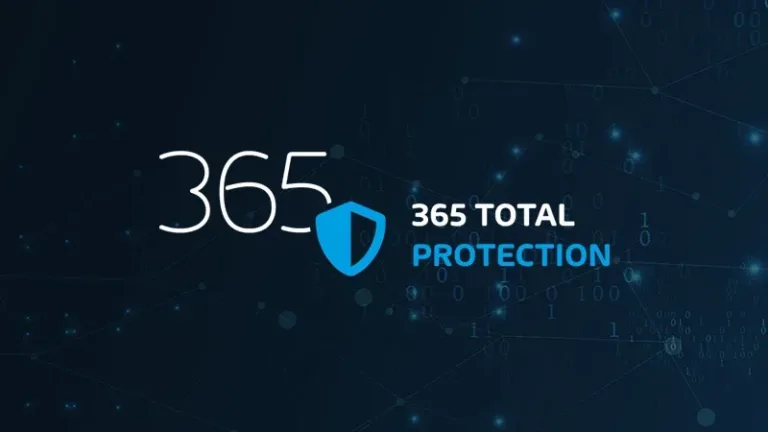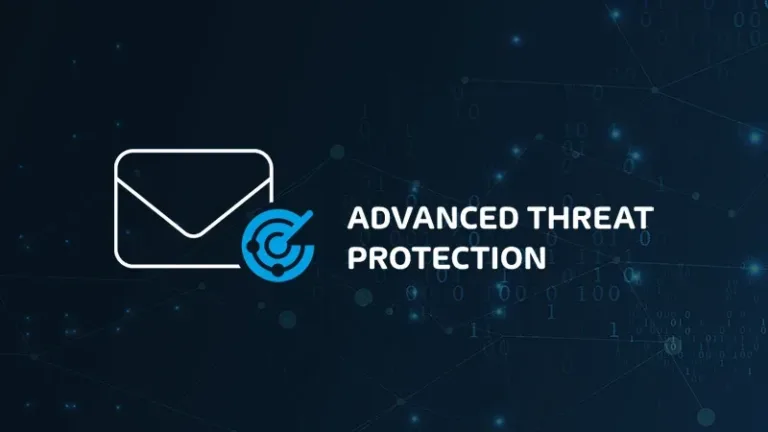

Endpoint Detection and Response (EDR)
Definition & How to use it
This article will explore how EDR works, its importance in cybersecurity, and how organisations can maximise its effectiveness by integrating it with other security solutions. Whether you are looking to strengthen your defences or improve your security team’s productivity, understanding EDR is key to staying ahead of modern cyber threats.
Table of Contents

What is EDR?
EDR, or endpoint detection and response, is technology used for endpoint protection. EDR systems detect security threats by monitoring endpoint activity for suspicious behaviors, block and contain malicious threats, and facilitate incident response and investigation activities.
Organisations often use EDR systems as part of a multi-faceted approach to cybersecurity, pairing the technology with other systems such as XDR (Extended Detection and Response), SIEM (Security Information and Event Management), and AI threat detection and response solutions.
How to use EDR
Disparate cybersecurity data can leave your security team in the dark. Not only that, but monitoring and managing multiple security tools kills productivity and risks alert fatigue — two things your business can’t afford when it comes to cybersecurity.
Developing a comprehensive XDR or EDR strategy requires having a global view of your cybersecurity posture, quality data, and the investigative tools to analyze and respond to threats.
Learn about HORNETSECURITY’S SERVICES
Interested in Related Topics?
Did you like our contribution to EDR? Then other articles in our knowledge base might interest you as well! We help you learn more about cybersecurity related topics such as Emotet, Trojans, IT Security, Cryptolocker Ransomware, Phishing, GoBD, Cyber Kill Chain and Computer Worms.


